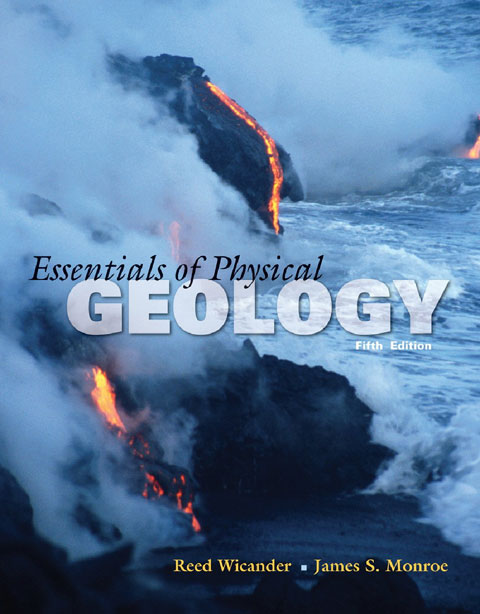
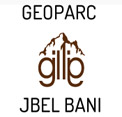
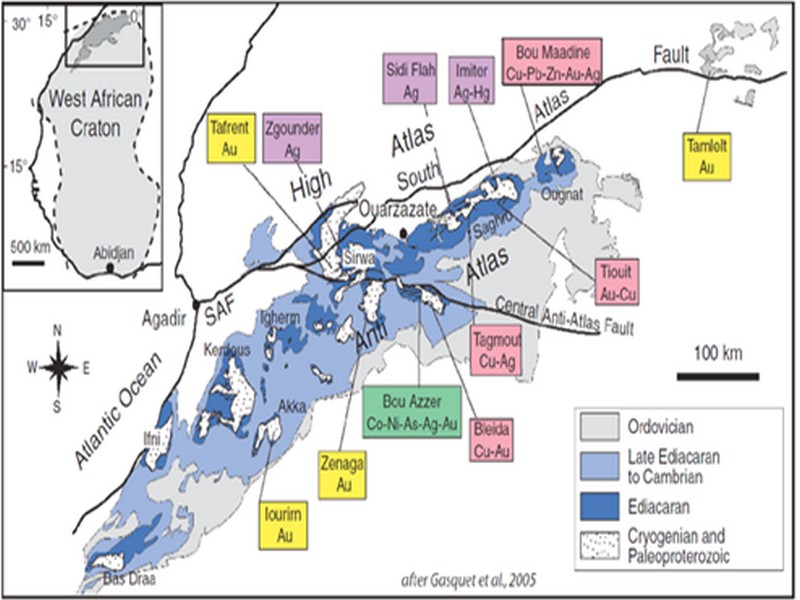
ORE DEPOSITS IN THE ANTI-ATLAS AND SUB-ATLAS REGIONS
The Anti-Atlas geological province is the host of a variety of ore deposits, ranging from Paléoprotérozoïque to Ordovician in age. These deposits are mainly Cu-Au porphyry types, precious metal epithermal (Au, Ag) or polymetallic VMS base metals (Cu, Pb, Zn, Au, and Ag), while the sub- Atlas region presents an important occurrence of manganese. Figure 8 shows the location of the most important deposits in the Anti-Atlas region.
Located in eastern Anti-Atlas, the world class Imiter Ag-Hg mine (8.5 Mt at 700g/t Ag), is among the most important deposits in Morocco. It is considered to be of epithermal origin. The silver mineralisation happened during regional extension (+/- transpession?) tectonic regime event around 550 and is hosted in a series of volcanic felsic rocks Ma (Tuduri et al, 2006). Briefly, a three-stage model has been proposed to explain the deposit: a first episode characterized by the development of quartz, pink dolomite, and Ag-rich minerals veins formed during a dextral transpressive event, followed by a barren stage associated with a normal left-lateral motion that re-opened previous structures, and a final alteration stage (i.e. supergene enrichment) that contributed to local enrichment in Ag deposit (Tuduri et al, 2006).
Regarding copper, Bleida was the most important Cu deposit of northern Africa until late 90’s. Located on the northern edge of the West African Craton, the Bleida orebodies are located on an inactive continental margin along with preserved ophiolites of Upper Proterozoic age. The copper deposits (chalcopyrite, bornite, pyrite) are stratiform distal massive sulfide bodies whose position is controlled by both the sedimentation of shales and an acid volcanism, which follows a more important basic volcanism. Pan-African deformation (650-600 Ma) has determined the current geometry of the cupriferous lenses although it has not remobilized the sulfides out of their original carrier beds (Leblanc and Billaud, 2006). West of the main Moroccan Bleida copper deposit, gold mineralization has also been discovered (West Bleida, ca. 3 tonnes metal Au). It is hosted by metamorphosed and deformed mafic to intermediate volcanic rocks that are part of the Neoproterozoic tholeiitic volcano-sedimentary series forming the stratigraphically upper part of the Bou Azzer ophiolite sequence. Gold mineralization primarily occurs
as deformed gold-bearing quartz veins and disseminations in Cu-rich chert zones (chalcopyrite– malachite), Fe-rich lithofacies and breccia zones. Gold is accompanied by small amounts of copper sulphides (<1% modal chalcopyrite).
Another important occurrence (not displayed in the map, Fig. 8) is the Imini Manganese deposit, the most important Mn deposit of Morocco, located in the western margin of the Ouarzazate foreland basin (Sub-Atlas). The manganese ore is made of pyrolusite (MnO2), and is hosted in different horizons of dolomites from the lower Cretaceous, and another accessory layer. This layers thickness can reach up to 1 meter. The deposit scale is 25 km per 100-400 m width, and sits above slates and crystalline rocks. Dolomitic sandstone and/or conglomerate are present between each mineralized horizon. Isabel von Steinaecker; source: http://www.geo.tu-freiberg.de/oberseminar/os03_04/Isabel_Steinaecker.pdf).
Figure 8: The Anti-Atlas belt at the northern limit of the West African Craton. Redrawn after Dallmeyer and Lecorché (1991) and a geological sketch map of the Anti-Atlas belt in southern Morocco and location of main ore deposits. SAF: South Atlas Fault. Gasquet and al. (2005)
Source web par unige.ch
Les articles en relation

Top 23 des grottes, dans les entrailles de la Terre
Top 23 des grottes, dans les entrailles de la Terre Les grottes sont généralement des cavités souterraines naturelles que l'on trouve le plus souvent dans les zones karstiques sur terre ou sous l'eau. Bie
Savoir plus...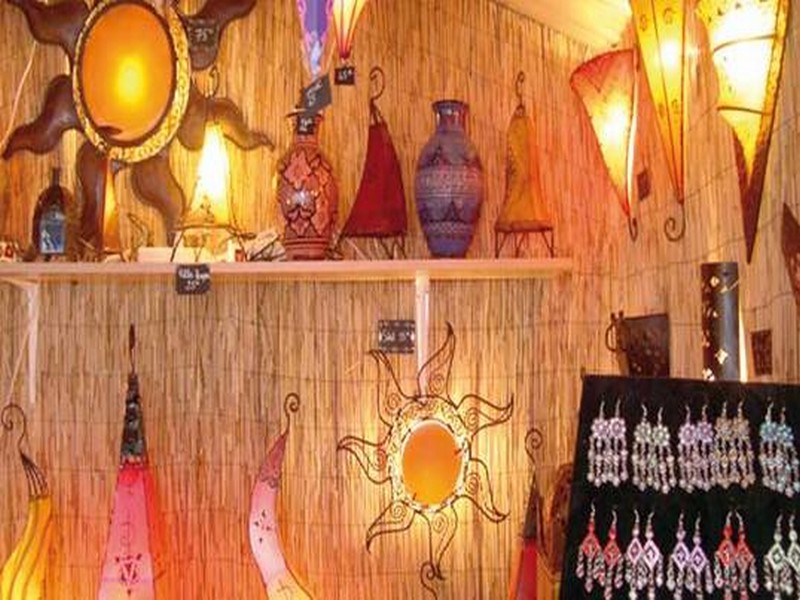
Artisanat: Tarfaya à l’heure de son Salon régional
Artisanat: Tarfaya à l’heure de son Salon régional Le Salon régional de l’artisanat de Tarfaya a été inauguré mardi avec la participation d’exposants venus des diff&ea
Savoir plus...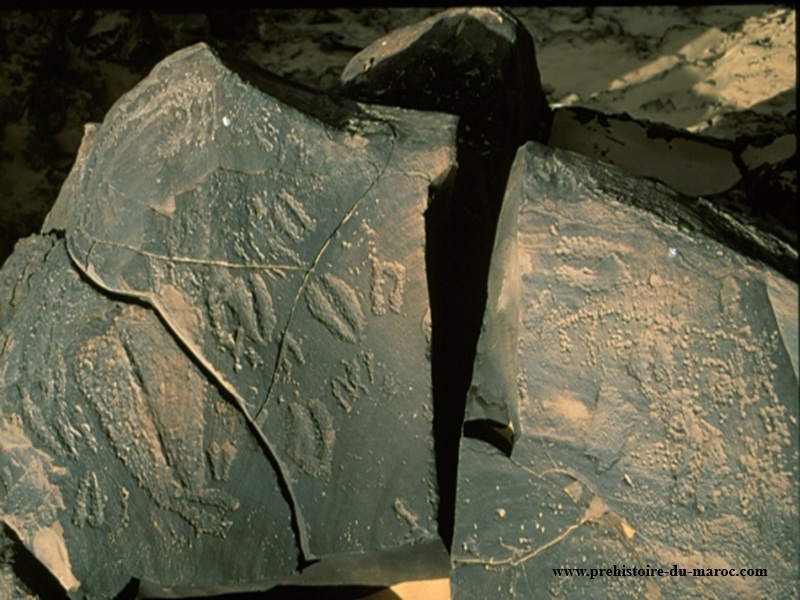
Découverte majeure à Smara : Laghchiwat, trésor rupestre saharien
Découverte majeure à Smara : Laghchiwat, trésor rupestre saharien Le site rupestre de Laghchiwat, découvert en 2009 au sud de Smara par le chercheur Mohammed Mouloud Baiba, constitue une découverte
Savoir plus...
Ross 128 b : cette planète proche pourrait héberger la vie
Ross 128 b : cette planète proche pourrait héberger la vie Découverte au cours de l'automne 2017, Ross 128 b serait, selon toute vraisemblance, une exoplanète rocheuse. La deuxième plus proche d
Savoir plus...
Les défis à relever pour un artisanat tourné vers l'avenir...
Les défis à relever pour un artisanat tourné vers l'avenir... Pour faire face à cette situation de crise, le secteur de l'artisanat et ses différents acteurs doivent relever plusieurs d&eacu
Savoir plus...
Derst (Géoparc Jbel Bani)
Derst (Géoparc Jbel Bani) En linguistique, le terme ‘’Derst’’ comprend plusieurs significations : c’est un attroupement de femmes, d’hommes et même un groupement de pigeons ou tout aut
Savoir plus...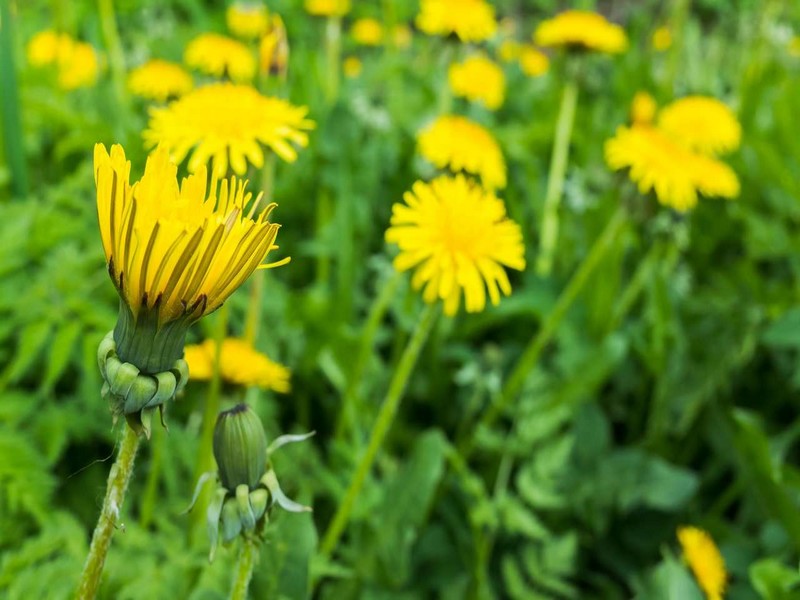
Ortie, pissenlit : les bienfaits des mauvaises herbes
Ortie, pissenlit : les bienfaits des mauvaises herbes Elles encombrent votre jardin, poussent dans la pelouse, entre les dalles de la terrasse ou contre les murs : ne jetez pas toutes les mauvaises herbes, certaines comme l
Savoir plus...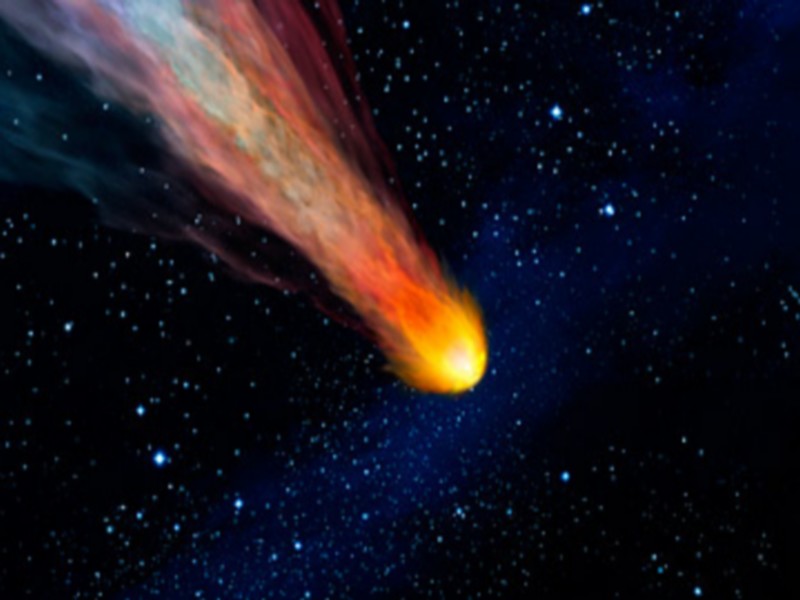
Qu'est ce qu'une météorite ?
De premiers abords cela ressemble souvent à un simple morceau de roche, mais il s’agit de matière extraterrestre âgée de 4,5 milliards d’années. Les météorites proviennent d
Savoir plus...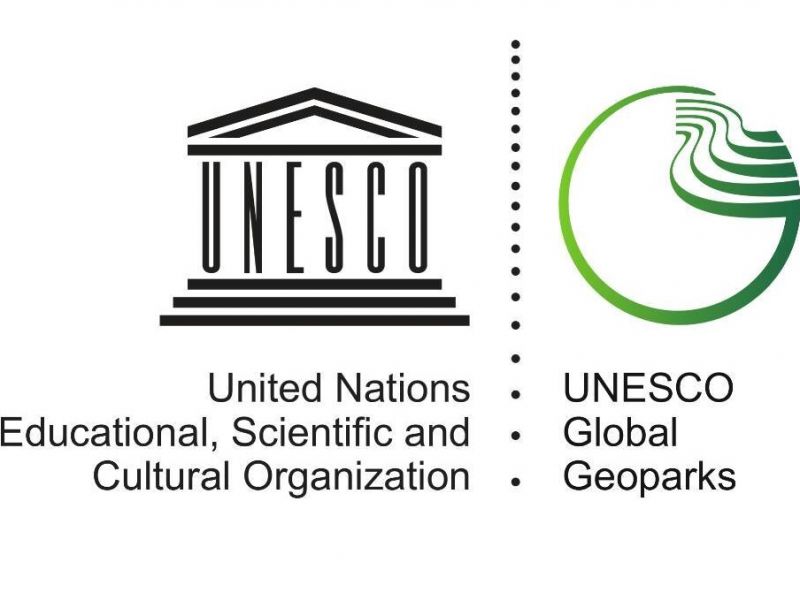
Liste de Géoparc mondiaux UNESCO trans-nationaux
Liste en anglais Last updated in 2016 pays nom des geoparcs adress Austria & Slovenia Karawanken / Karavanke UNESCO Global Geopark Hauptplat
Savoir plus...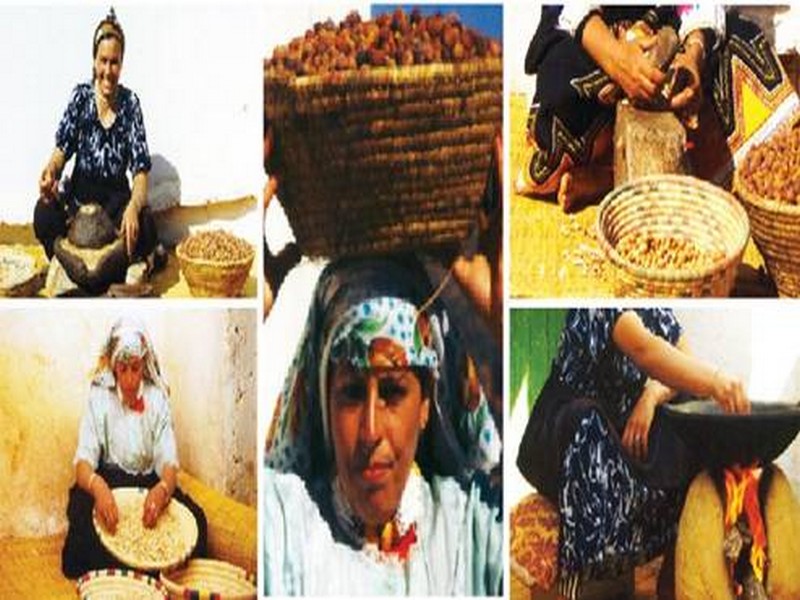
L’arbre sacré des régions du Sud: Les gardiennes de l’arganier
L’arbre sacré des régions du Sud: Les gardiennes de l’arganier L’Union des coopératives des femmes d’argane s’est distinguée à la COP22 en remportant le prix de l&rsquo
Savoir plus...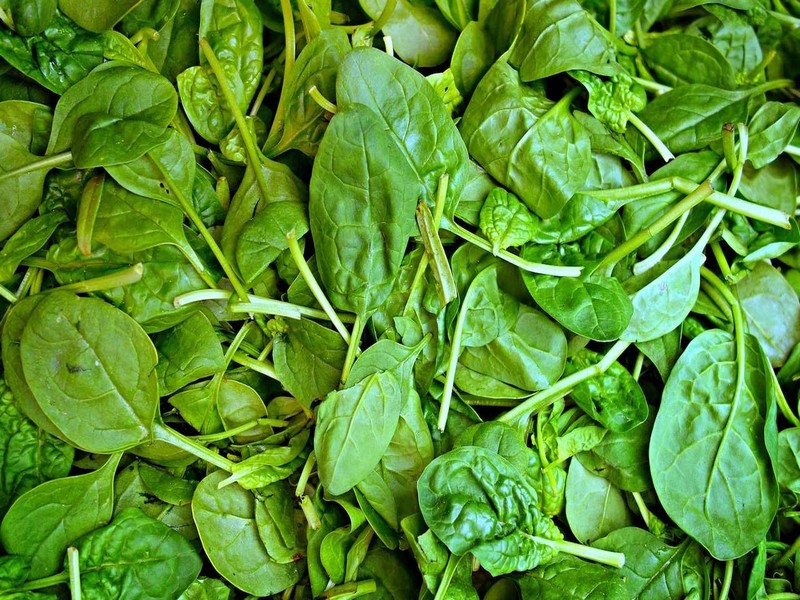
Les épinards rendent-ils vraiment plus costaud ?
Les épinards rendent-ils vraiment plus costaud ? « Mange tes épinards, si tu veux devenir fort ! » Enfant, nous avons tous entendu cette recommandation. Mais notre maman savait-elle r&ea
Savoir plus...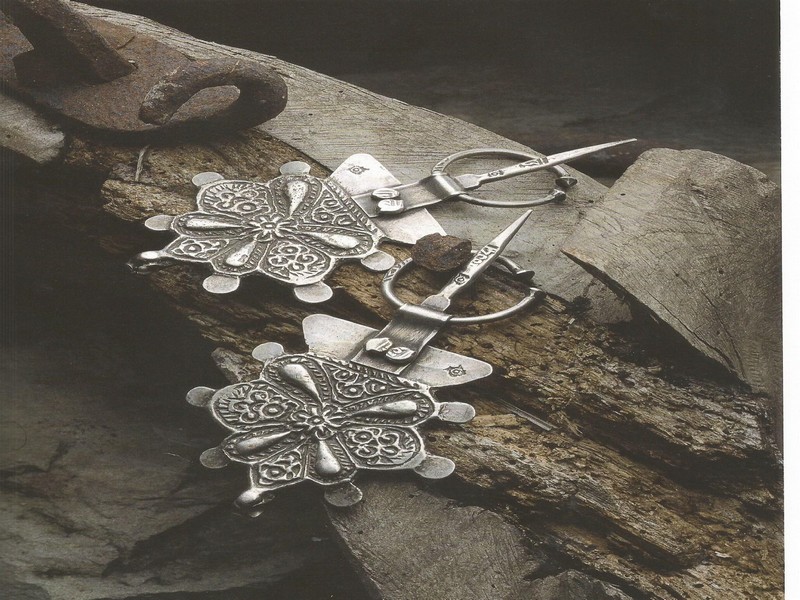
L’ami marocain
L’ami marocain SUR LA PISTE DES BIJOUX DU MAROC DANIEL FAUCHON IBIS PRESS Il est multiple et un à la fois, Il est juif, berbère et arabe. Il est du bled, de la ville, de la montagne
Savoir plus...Les tags en relation
En savoir plus sur " Géologie et TSGJB - AMDGJB ! "
Consulter les vidéos de " Géologie et TSGJB - AMDGJB ! " Consulter les photos de " Géologie et TSGJB - AMDGJB ! " Consulter les publications de " Géologie et TSGJB - AMDGJB ! " Consulter les éditions de " Géologie et TSGJB - AMDGJB ! " Consulter les communications de " Géologie et TSGJB - AMDGJB ! "Recherche du site
Recherche avancée / SpécifiqueVulgarisation à la géologie
Qu'est ce que les sciences de la terre: vulgarisation Qu'est ce que la géologie ? Géologie et TSGJB - AMDGJB !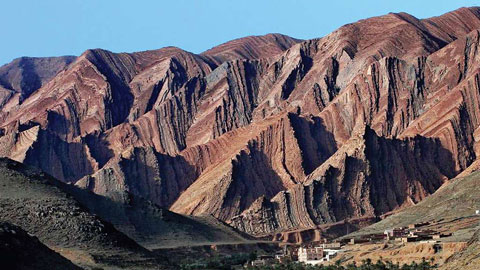
Géoparc et Recherche Scientifique
Le coins de l’étudiant
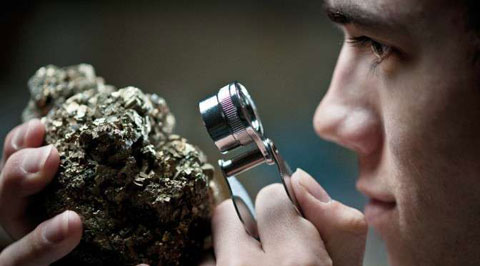

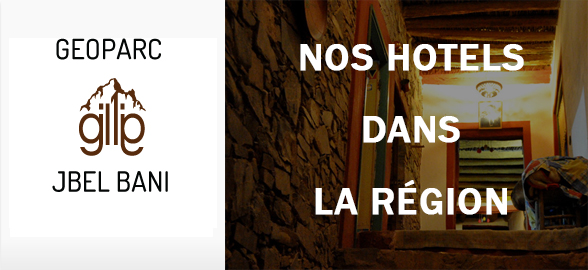
Blog Géoparc Jbel Bani
Dictionnaire scientifique
Plus de 123.000 mots scientifiques
Les publications
Géo parc Jbel Bani

Circuits & excursions touristiques
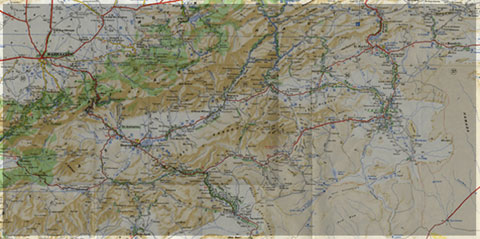
cartothéques
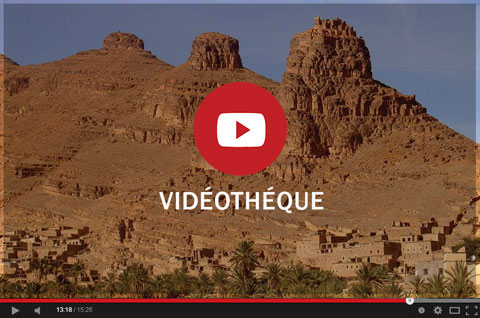
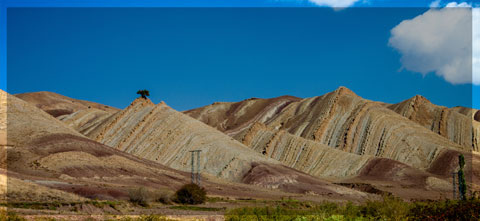
Photothéques
Publications & éditions
